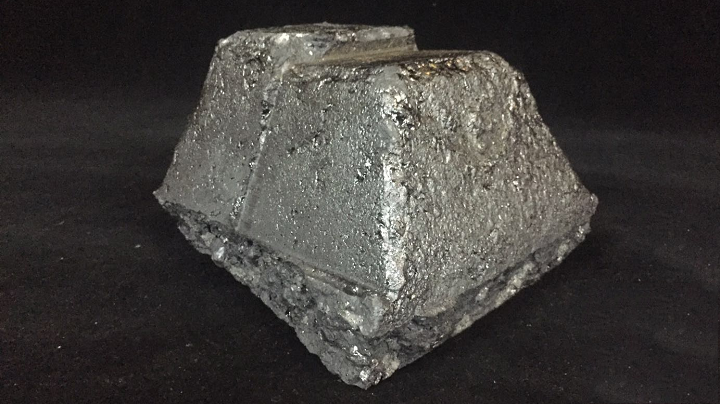Enhancing Sensitivity and Selectivity
One of the primary advantages of utilizing carbon paste electrodes lies in their ability to enhance sensitivity and selectivity. This makes them ideal for applications where precision and accuracy are paramount. By adeptly tailoring the electrode composition, researchers can fine-tune these characteristics to meet the specific requirements of their experiments.
Unraveling the Preparation Process

Selecting the Right Carbonaceous Materials
The foundation of a high-performing carbon paste electrode rests on the careful selection of carbonaceous materials. Opt for finely powdered graphite or carbon nanotubes to ensure optimal conductivity. This strategic choice sets the stage for electrodes that not only conduct efficiently but also withstand the rigors of electrochemical processes.
Binding Agents: The Unsung Heroes
In the world of carbon paste electrode preparation, binding agents emerge as the unsung heroes. These substances, commonly organic polymers, not only enhance cohesiveness but also contribute to the electrode’s mechanical strength. Balancing the ratio of carbonaceous materials to binding agents is a delicate dance that defines the electrode’s overall performance.
Solvents: Precision in Liquid Form
The choice of solvent in the preparation process significantly influences the electrode’s characteristics. Common solvents include mineral oil or paraffin, each bringing its unique attributes to the table. Precision in selecting the right solvent ensures a homogeneous paste, laying the groundwork for an electrode with consistent performance
Overcoming Common Challenges
Tackling Homogeneity Issues
Achieving homogeneity in the carbon paste mixture is a common challenge. To address this, employ efficient mixing techniques such as sonication or mechanical stirring. These methods disperse the carbonaceous materials uniformly, mitigating the risk of uneven performance in electrochemical applications.
Optimizing Ratios for Performance
The delicate balance of carbonaceous materials, binding agents, and solvents demands meticulous attention. Deviations in ratios can impact the electrode’s performance. Regular experimentation and optimization are key to finding the perfect combination that yields electrodes with superior conductivity and stability.






